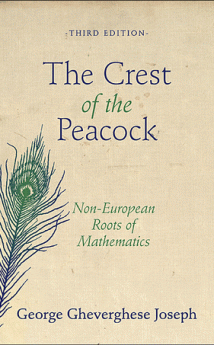The Mysterious Power of Naming in Human Cognition Taoism, boundaries, infinity, and computational daemons
Of all the fairy tales I encountered as a child, Rumpelstiltskin always struck me as the most peculiar. The story revolves around a girl who must spin straw into gold or face death at the hands of the king. A dwarf appears out of nowhere, and spins the straw into gold — for a price. On the first night he takes a necklace, and on the second a ring. On the third night the girl has nothing left to pay him with, and so the dwarf makes her promise to give him her firstborn child. The king’s greed is sated after three days of gold-spinning, and he marries the girl. In due time the new queen gives birth to a child, and sure enough, the dwarf returns to receive his pounds of flesh. But the queen refuses, and tries to offer him some of her newly acquired riches instead. The dwarf agrees to give up his claim on the child, but only if the queen can guess his name within three days. Her guesses on the first two days fail. But then one of her spies returns with a strange tale. He came across a little cottage in the woods, in front of which he saw a dwarf prancing around a fire, singing a song that ended “Little does my lady dream / Rumpelstiltskin is my name!” On the third day the queen initially pretends not to know the dwarf’s name. Finally she says, “Could your name be Rumpelstiltskin?” At this the dwarf flies into a rage, and stomps his foot on the ground so hard that a chasm opens up in the ground, swallowing the dwarf, who was never seen again.

 Reality is whatever it is… only our models of it can be considered continuous or discrete (or true, or false, or useful).
Reality is whatever it is… only our models of it can be considered continuous or discrete (or true, or false, or useful). In his book
In his book